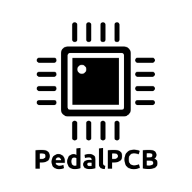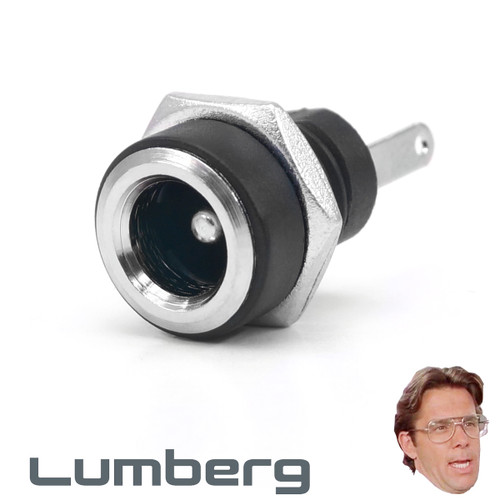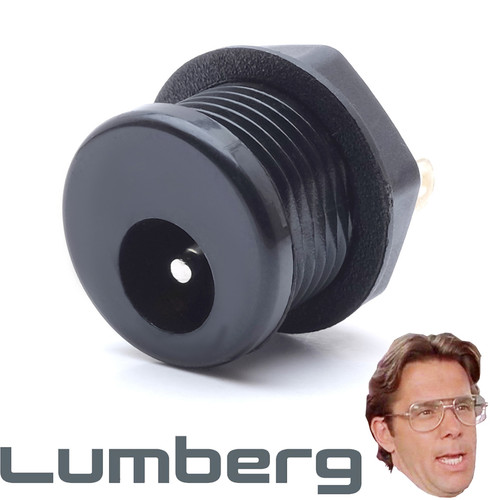Just to clarify, I was referring to the wires going to the tip and sleeve lugs of your input and output jack, not your DC jack, which may or may not be an issue with the new "doesn't turn on" issue.
It's hard to see some of the wiring, especially concerning the footswitch because of the heatshrink, and I'm not familiar with those DC jacks so it's hard to say, but a continuity test from your DMM will tell you what needs to be where (center pin negative is ground or -, etc).
I feel you on getting heatshrink happy. hehe. But, really it should only be used on single wires in areas to increase stability or shield exposed single wires from potential problems, if at all. It's not super necessary really.
Concerning keeping your wires from breaking, there are a few things you can do to mitigate this happening.
1. pre-tin your exposed stranded wire leads before inserting em into the pads to solder.
2. try to figure out just how much wire you will need to get from point A to point B and add a half inch for good measure.
3. streamlining your build process so you don't spend more time than needed on your offboard wiring, thus causing undo strain and wiggles in sensitive areas.
This may help if you haven't read it as it addresses some of the things I referred to
Hello! This is my method for building a PedalPCB from start to finish. Is it the right way? Not necessarily. It's just what works for me and I hope it sheds some light on certain steps in the process along the way. I created this as a reference guide for anyone to use if needed. Thanks for...

forum.pedalpcb.com
I would suggest cutting the heatshrink away then taking clear photos of the front and back of the PCB. Make sure to include offboard wiring in the photos and that the underside of the board has been cleaned with isopropyl alcohol so we can get a clear look at the solder pads.




